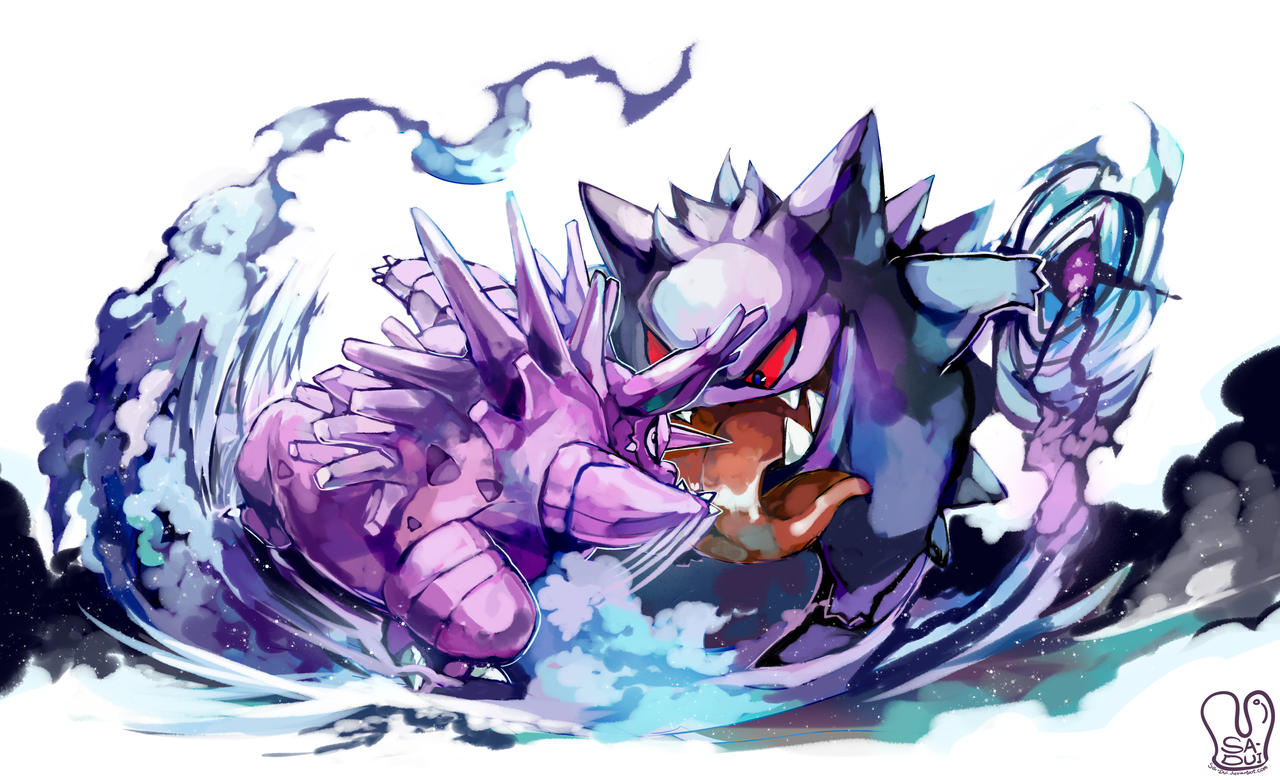Hello
World,
 |
Going to do
something today that I feel I should be doing more of on this blog, discuss the
development of my games. As some of you may know over the past few months my
focus has been on the reworking and improvement of my National Game Design
Month entry, Trials of the Magi. Work has been very intensive, with a strong
focus on play testing and design. Through regular playtests with a large
diversity of groups, the core game has become something that I believe is
eloquent and that I am very proud of. Today though, I would like to talk about
one subsection of the design process in particular. The design of the logo for
Trials of the Magi.
 When I
began working on the logo, I first took a broad look at what my game was about.
This was key step as a logo is the first thing a player associates with your and
you want it to make a good connection to the game experience. Trials of the
Magi is a game about arcane magic, manipulating the world around us, and exploring
mental landscapes. With that in mind I began looking for fonts that fit this
arcane theme. I choose to start with finding a font because it is often the
most limiting aspect of a design. I get my fonts from www.dafont.com as they have a great supply of
free fonts and some are even free to use for commercial use. Through my
browsing I found a number of fonts that worked but only two that really stood
out. With these two Ideal options found, I began organizing them in different
layouts.
When I
began working on the logo, I first took a broad look at what my game was about.
This was key step as a logo is the first thing a player associates with your and
you want it to make a good connection to the game experience. Trials of the
Magi is a game about arcane magic, manipulating the world around us, and exploring
mental landscapes. With that in mind I began looking for fonts that fit this
arcane theme. I choose to start with finding a font because it is often the
most limiting aspect of a design. I get my fonts from www.dafont.com as they have a great supply of
free fonts and some are even free to use for commercial use. Through my
browsing I found a number of fonts that worked but only two that really stood
out. With these two Ideal options found, I began organizing them in different
layouts.
Having font
and layout options found, we began to look at possible designs for the overall logo.
With the game taking place in mental landscapes and the prominent featuring of
the Fracture mechanic [Where characters and enemies fracture and shatter
instead of death and injuries]. With this being such a unique feature, I wanted
to encapsulate it in the title. So tried to include a broken or shattering
glass design as a background to the title. Combining this with a space/nebula
styled design created a nice arcane glass look. This was played with to create
a variety of options. However, once I finished exploring this option, I decided
to play around with the idea of an arcane
flame background. This idea showed some real potential and after a
number of iterations it had become something I was quite happy with.
With a logo
design drawn up I then confirmed that design and colors worked in on a white
background, on a black background, in B&W and on a color background. After some
minor adjustments to the colors, I was able to produce something that worked.
I may not
be the greatest at graphic design, but I had an absolute blast creating the
logo for Trials of the Magi. It is nice to be able to express my intentions
through so many aspects of the project and I can’t wait to develop the game
into a physical project. To Stay up to date on TotM’s development be sure to
stay tuned to future blog posts or follow me on twitter @MTTJ_Patrick, and as
always, thanks for reading.
-Patrick
Lapienis




